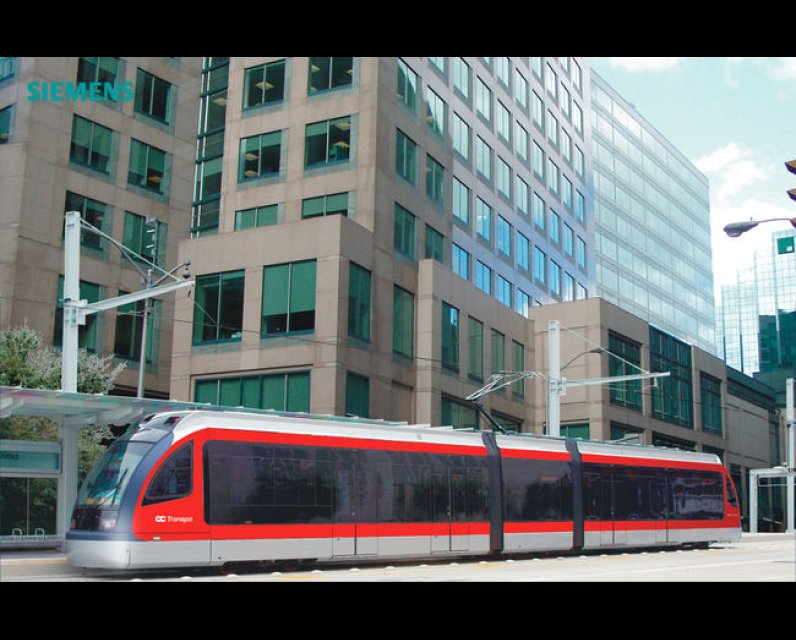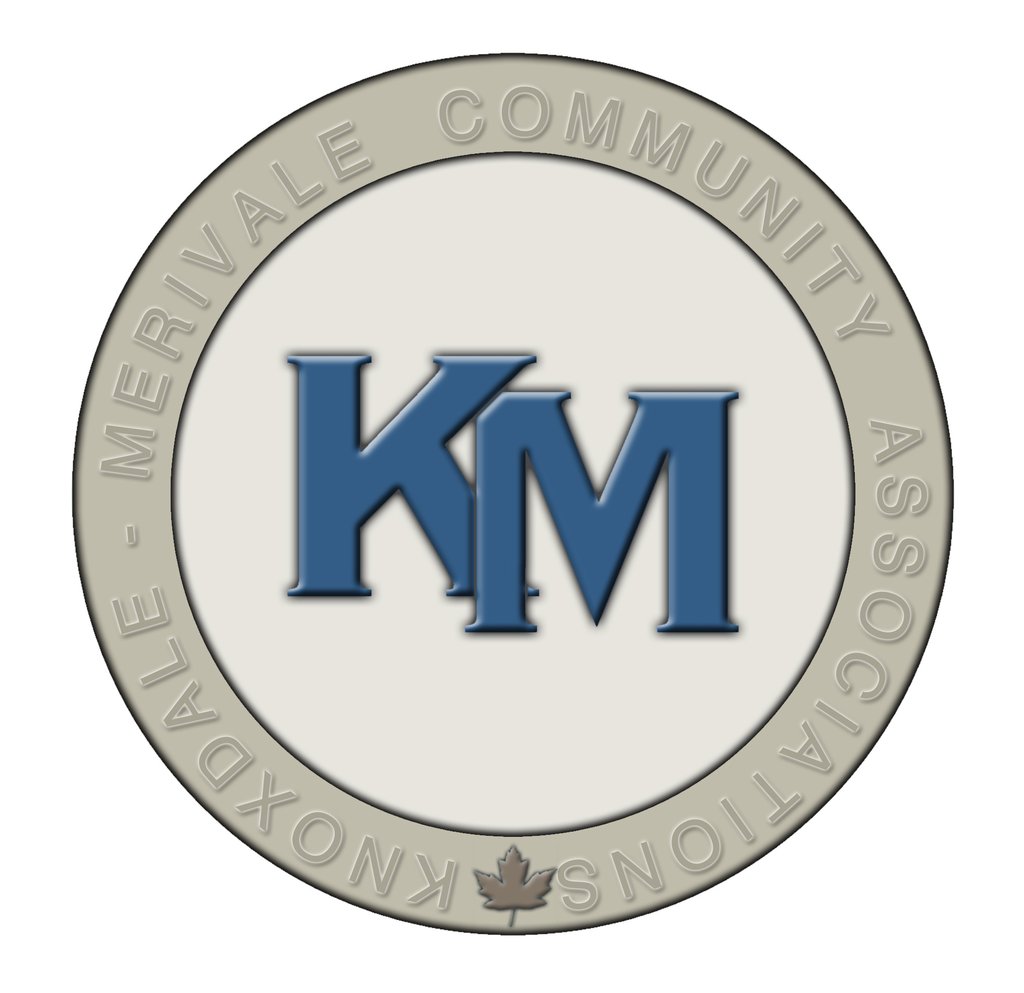Unpublished Opinions
The Knoxdale-Merivale Council of Community Associations (KMC) is a community driven ward council in Ward 9 (Nepean) in the City of Ottawa. Moving West to East the community association members of the KMC are: Trend-Arlington, Manordale-Woodvale, Tanglewood, Merivale Gardens, The Glens, Country Place, General Burns and Fisher Heights & surrounding area.
Agnes Warda, President of the Glens Community Association is currently serving as KMC Chair.
No LRT in Ward 9?

In preparation for the Transportation Committee meeting community associations united under the Knoxdale Merivale Council of Community Associations (KMC) in Ward 9 (Nepean) reviewed the proposal contained in the 2013 Transportation Master Plan (TMP).
Although, the KMC supports the general vision of the TMP "to recognize that transportation is a means to an end — namely, the protection and improvement of our quality of life; to support social, environmental and economic sustainability by giving residents the ability to meet daily needs by walking, cycling, taking transit or ridesharing" and agrees with the strategy of improving various modes of transportation, and in particular extending LRT, the slightly more ambitious modal share targets and the wider use of affordability analysis, KMC members have several reservations.
It was long argued that, the LRT, as proposed in the TMP (although affordable, green, clean and comfortable) would add time to the downtown commute for many Ward 9 residents. There are a number of existing direct, express bus routes for downtown commuters, in the morning and evening.
Implementation of the transportation network does not offer much to improve life 'after work' as residents will have to continue to rely on buses or cars to go shopping or to play. Perhaps they will be hybrid or electric cars in the future, but they will still be cars. Bus transit will only be implemented in peak periods (transit signal priority, queue jumping signals, peak period bus lanes).
There is something termed a “Neighbourhood-based personal travel planning” but it is unclear what it entails? In the meantime, the walking distance to transit stations and buses is being increased, lowering the quality of the overall pedestrian experience (especially on the many Ward 9 residential streets without sidewalks). Mature older residents and differently able adults are already at increased risks. How will the TMP vision accommodate the aging population and special needs commuters? The low floor buses are in place, but how to get to them is still a challenge for many.
Merivale Road—The geographic centre of urban/suburban Ottawa has the long-term potential to be transformed into a real ‘Main Street’, the centre of a truly walkable and liveable community. The proposed Merivale Road Density Study, to be carried out in 2014-15, will potentially have major implications for the proposals in the TMP. Meanwhile, existing congestion along Merivale Road affects residents and businesses alike. The current proposed western LRT route does not provide an opportunity for LRT or rail of any form to come to Merivale Road. Suggested peak-time bus-only lanes (on the section of Merivale that is north of Baseline) would have little impact for Ward 9 neighbourhoods. And, it is difficult to see how to implement the TMP’s plan to widen Merivale Road (from Baseline to Slack Road) for bus lanes, given the close proximity of numerous commercial buildings and some town homes to the existing roadway.
Realization of the Merivale area’s full potential will ultimately require a major transit corridor. Even today, the main commercial section of Merivale has more than reached its transportation capacity at peak periods. Yet, it appears that Merivale Road was not seriously considered for inclusion in the Affordable Rapid Transit and Transit Priority Network.
Ward 9 has four main arterial roads, Prince of Wales (POW), Merivale, Woodroffe and Greenbank. To the South-East, it is not clear what solutions will be proposed for Prince of Wales/Hunt Club, Hunt Club/Riverside or Prince of Wales/Deakin, which are all failing intersections. Further north, the majority of traffic from Prince of Wales will be directed to the Baseline/Fisher intersection, where those headed downtown will be faced with a single lane on Fisher once they cross Baseline. Perhaps it is time to consider alternate LRT solutions for Merivale and BRT for Riverside, POW and Huntclub.
A PDF of the KMC's submission to the City of Ottawa's Transportation Committee on the Transportation Master Plan, Ottawa Pedestrian Plan and Ottawa Cycling Plan Update is below.
Agnes Warda, Chair
KMC
RELATED:



Comments
Be the first to comment